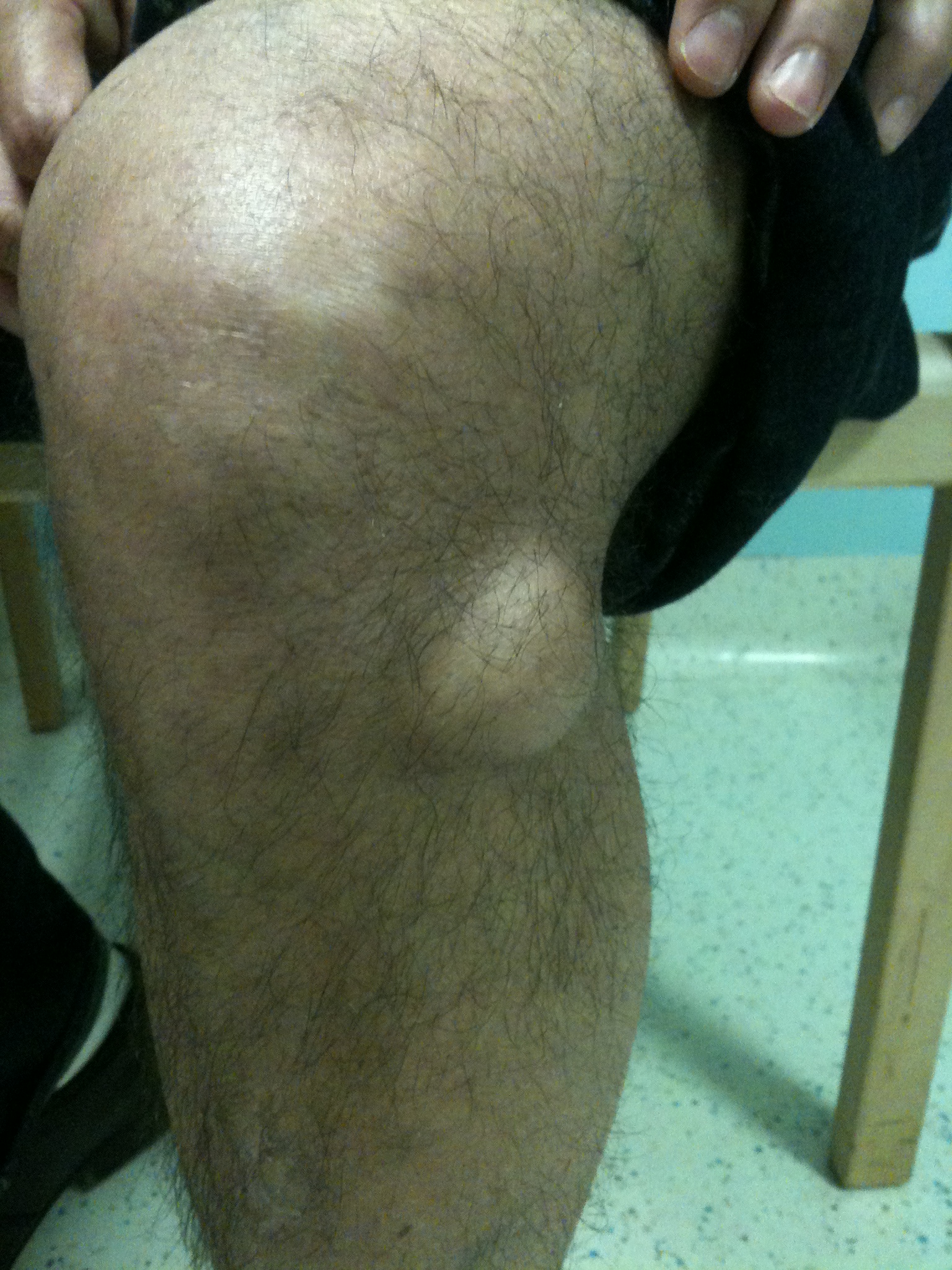Knee Meniscectomy
What Is An Arthroscopic Meniscectomy?
An arthroscopic meniscectomy is a procedure in which the doctor uses an arthroscope and other tools to remove all or part of a damaged meniscus in the knee or, if possible, to repair a meniscus. A meniscus is a piece of rubbery tissue (fibrocartilage) between the bones of the knee joint. An arthroscope is a tube with a light at the end that projects an image of the inside of your knee onto a TV monitor. The arthroscope is about the diameter of a pencil.

Meniscal Tear

Meniscal Tear Resected
When Is An Arthroscopic Meniscectomy used?
The Arthroscopic Meniscectomy procedure is used when you have damaged cartilage in your knee.
Examples of alternatives to having Arthroscopic Meniscectomy include:-
- limiting your activity
- taking drugs to reduce the swelling and pain
- having physical therapy
- having open knee surgery
- choosing not to have treatment, while recognizing the risks of your condition.
You should ask your doctor about these choices.

Meniscal cyst
How Do I Prepare For An Arthroscopic Meniscectomy?
Plan for your care and recovery after the operation. Allow for time to rest and try to find other people to help you with your day-to-day duties.
Follow instructions provided by your doctor. Do not eat or drink anything after midnight or the morning before the procedure. Do not even drink coffee, tea, or water.
What Happens During An Arthroscopic Meniscectomy Procedure?
You will be given a general, regional, or local anesthetic. Which type depends on you, your anaesthetist, and your surgeon. A general anesthetic will relax your muscles and make you feel as if you are in a deep sleep. Both local and regional anesthetics numb part of the body while you remain awake. All three types of anesthesia should keep you from feeling pain during the operation.
The doctor will put an arthroscope and one or two tools into the knee joint through small incisions (cuts). Fluid is injected into the knee to expand the joint so that the structures and cartilage can be seen. The doctor will examine the knee to find any damage. He or she may repair any torn cartilage or shave down the cartilage in the knee and remove the pieces of cartilage. The doctor will then remove the arthroscope and the tools and close the small openings with stitches.
What Happens After The Arthroscopic Meniscectomy Procedure?
You will go home the same day. You should keep your leg elevated. Take it easy for at least the next 2 to 3 days. Do not take part in strenuous activities until your doctor feels you are ready.
After Arthroscopic Meniscectomy:-
- Use crutches for 1 to 2 days or until you can walk nearly normally.
- Elevate your leg so that your ankle is higher than your knee and your knee is higher than your hip.
- Put ice on your knee for 20 to 30 minutes 3 or 4 times a day until symptoms are gone.
- Bend your knee when symptoms have decreased.
- Change your bandage after 4 days and cover the cuts with band-aids or gauze.
- If you have a brace or splint, consult your doctor.
- If the cartilage is repaired and not trimmed, the doctor may want you to use crutches longer and to not put weight on your leg.
Ask your doctor what other steps you should take and when you should come back for a checkup.
What Are The Benefits Of The Arthroscopic Meniscectomy Procedure?
The Arthroscopic Meniscectomy Procedure may treat the knee without the need for open knee surgery with bigger incisions. There is more rapid recovery than with open knee surgery.
What Are The Risks Associated With The Arthroscopic Meniscectomy Procedure?
- There are some risks when you have general anesthesia. Discuss these risks with your doctor.
- Local anesthesia may not numb the area quite enough and you may feel some minor discomfort. Also, in rare cases, you may have an allergic reaction to the drug used in this type of anesthesia.
- There is a risk of deep vein thrombosis, a condition in which a blood clot forms within a deep-lying vein.
- There is a risk of infection and bleeding.
There is a risk that further tears in the cartilage may occur in the longer term
You should ask your doctor how these risks apply to you.
